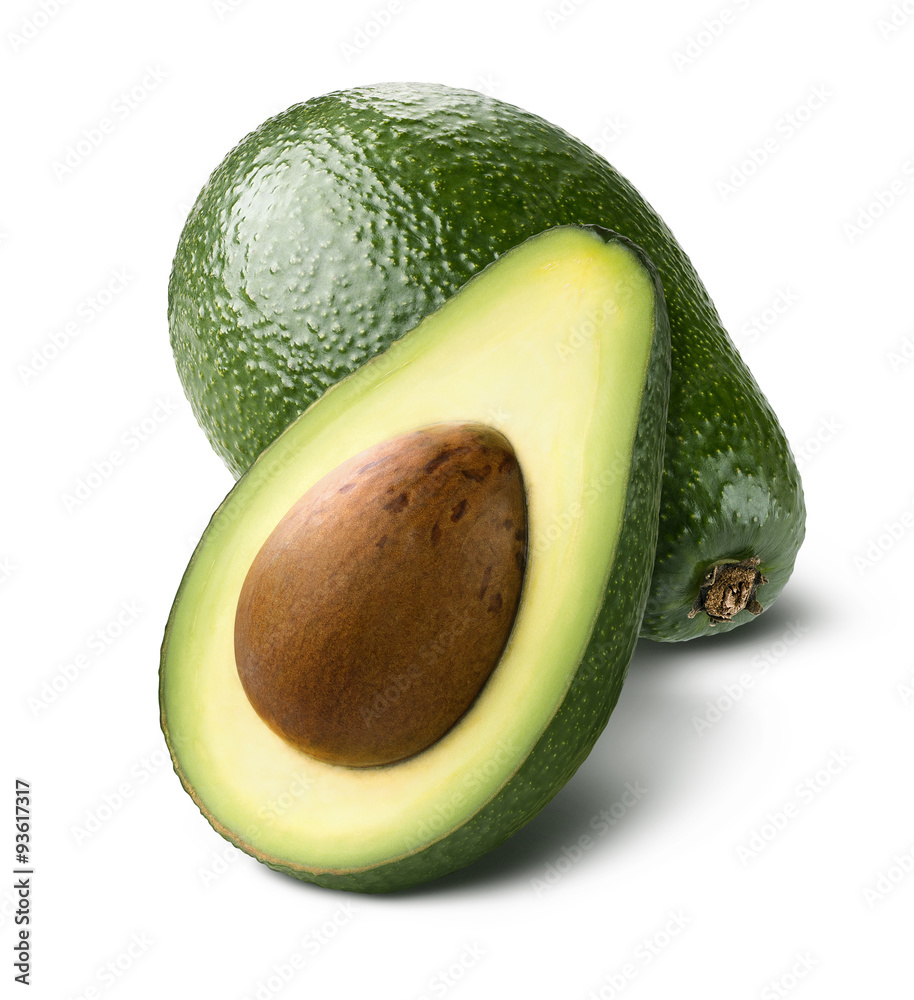Recently, Kenya celebrated being the first African country to export fresh avocadoes to China. Kenya also exports to Europe, the Middle East, and Northern Africa. We are the third largest exporter of cut flowers, 70% of which goes to Europe. Other exports include tea and coffee, broccoli, and snow peas to the European Union, among many others. Hidden among these exports is water.
It takes about 70 litres of water, and up to 270 litres in some regions to grow one avocado fruit. For comparison, oranges use 22liters and tomatoes 4 litres. One cut rose flower has a water footprint of between 7 and 13 litres per stem depending on yield and weight. So, while we should be excited about finding large new export markets, we should be aware of the amount of water we are exporting. It is called virtual water.
Virtual water is hidden or embedded water. When a country imports/exports agricultural commodities, it imports/exports embedded water. Some countries import virtual water because they are water-scarce (e.g., the Middle East and Northern Africa). Others such as European countries have a high net import of virtual water driven by land availability, land use, and domestic water protection policies.
Countries choose to import water-intensive food/fodder items to use the water elsewhere where they will get maximum returns. For example, by choosing to import maize, Mexico saves 12 billion cubic meters of water per year that would have gone to farming it domestically. Under normal circumstances, the virtual water trade would not be a cause for concern. However, the next global crisis is here, and it is about water.
Amidst erratic and unreliable rainfall patterns, farmers are turning to irrigation using surface water and groundwater sources. Groundwater is particularly at risk because the recharge of aquifers is negligible and is thus, almost a non-renewable source. Using it for water-intensive crops that are for export is a loss for the country.
In Naivasha, where the cut flowers are grown in Kenya, water is already becoming scarce. A study by Mekkonnen et al. (2012) shows that the Lake Naivasha basin whose water is used to irrigate flower farms is shrinking. Between 1995 and 2005, Kenya exported 16Mm3 per year in virtual water from lake Naivasha. Besides flowers, the region also grows vegetables such as beans, tomatoes, and sweetcorn, 50% of which are exported. What is the difference between growing vegetables and flowers for export and drawing water from Lake Naivasha to export to these countries?
Virtual water trade is not inherently bad – it follows the international trade theory of trading in products that are produced where a particular resource is abundant. Scholars argue that virtual water trade improves global water use efficiency and helps water-poor regions achieve water security. However, with water scarcity in the equation, we need to think about the value of the water we are exporting.
Virtual water trade as a form of exploitation and water colonization is not too farfetched. Such a colonizer would preserve its domestic water and import virtually through food. Economically, it is a fiscally responsible policy. After all, they are paying for the agricultural commodity and not the value of the water used to grow it. Dr. Allan, the scholar who coined the concept of virtual water, described it as being “economically invisible and politically silent.”
Perhaps it’s time to rethink the price of the products we export, by incorporating the value of water as a resource. Mekkonnen et al. (2012) refer to it as water sustainability premium. It is charged further down the supply chain to avoid burdening the farmer. The income from exporting virtual water could go into aquifer recharge measures and water conservation efforts to cushion us against future water scarcity.

